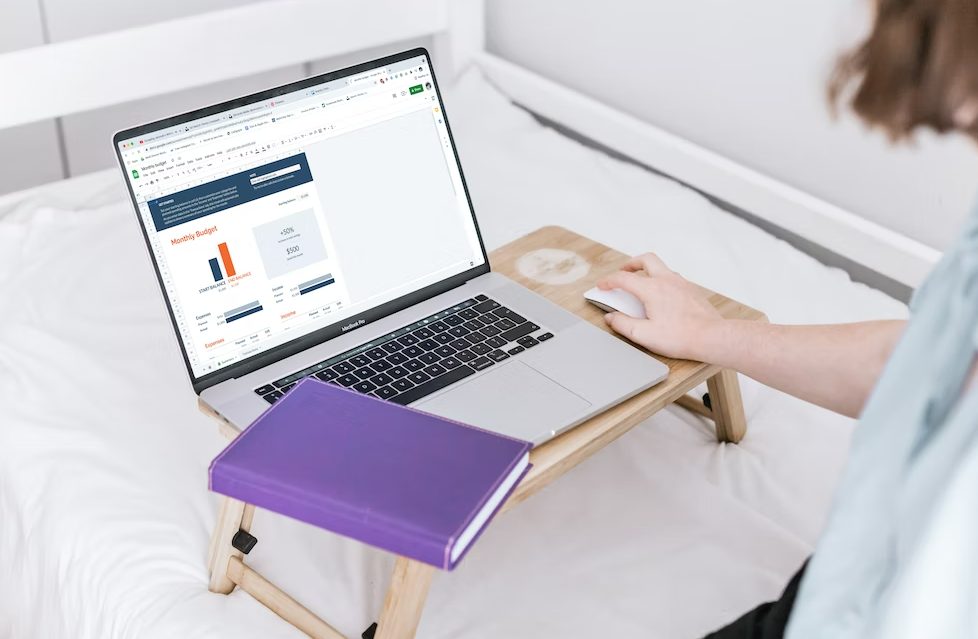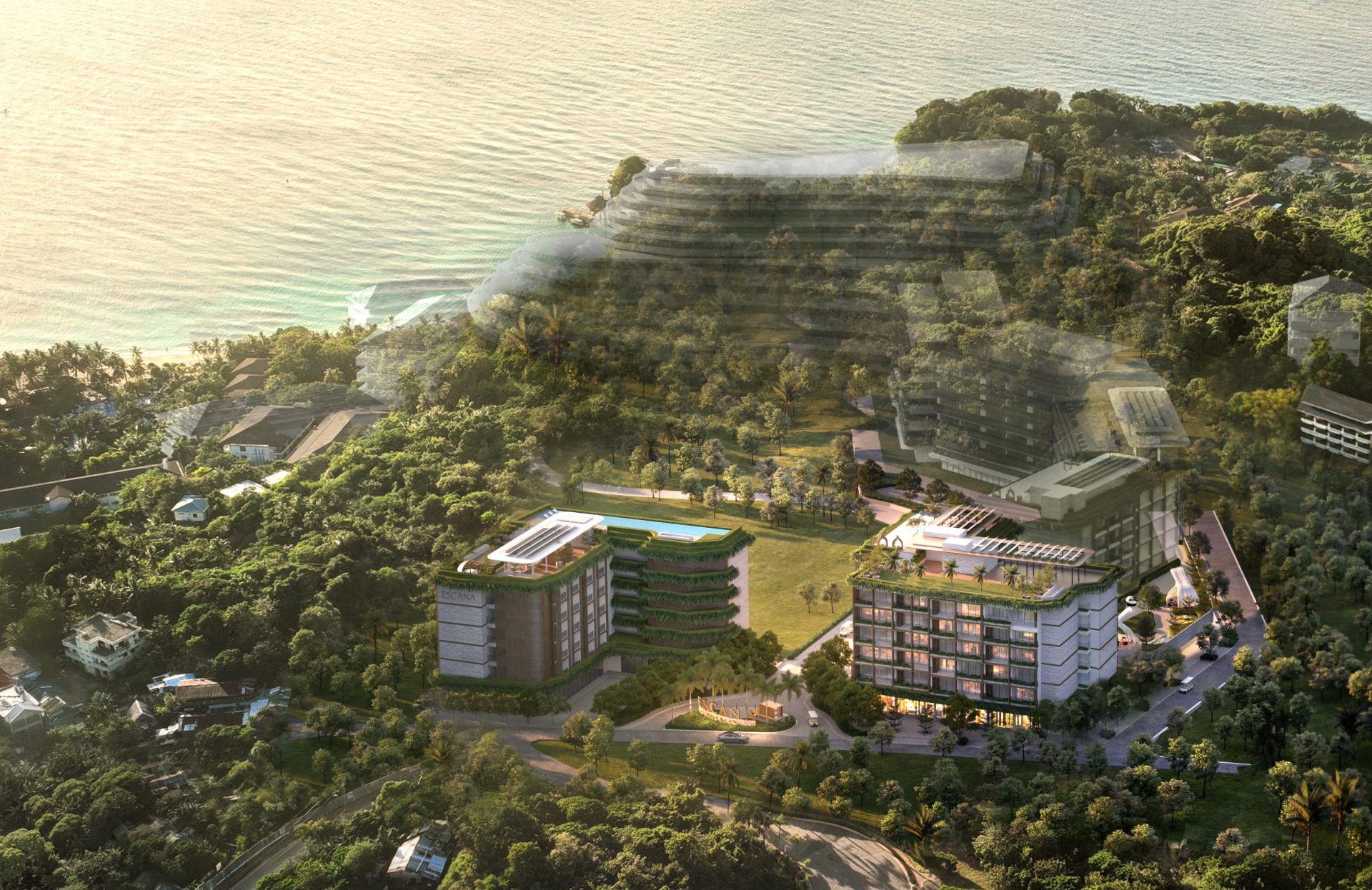BLOGS
Operating Budget: Everything You Need To Know
Being an entrepreneur or running a business is a complex endeavor with different parts, such as sales, production, marketing, and human resources. But to make everything run efficiently and within the budget, businesses must create an operating budget to guide the company for the year.
With a solid operating budget, the business can start the year prepared to budget for the expenses of the coming year. It will also serve as a blueprint telling the company what the expected sales income would be.
What is an operating budget?
Almost everyone is familiar with the term “budget,” which means a specified amount of money that a person, organization, or business can spend. On the other hand, an operating budget is a detailed estimate of all the revenues and expenses a company expects to incur over a period of time. Usually, an operating budget will cover a fiscal quarter or an entire year. It is also updated regularly as the year progresses to adjust and account for monthly expenses.
How is an operating budget used?
Businesses and organizations use an operating budget to plan their operations. Running a business uses financial resources, and having an operating budget guides business entities toward a goal or plan. An operating budget allows businesses to stay on track with their operating expenses.
Because the operating budget is created based on estimation and information from previous fiscal years, it can be subject to change. Each month or quarter, managers can compare actual expenses and revenue with the estimates stated in the operating budget.
Businesses can then analyze the information and determine whether unexpected expenses or sales generated were above or below the projections. Using this information, managers can adjust the figures for the rest of the year to adapt to changing conditions and update their strategies to achieve better operating performance.

When is an operating budget prepared?
As an operating budget typically covers an entire year, this budget is usually prepared towards the end of the year to show expected fiscal activity during the business calendar.
An operating budget is also revised during monthly or quarterly reports. During this period, management updates the operating budget based on previous monthly expenses incurred.
What information do you need for an operating budget?
Before a team can prepare an operating budget, they must gather relevant information to make the report as accurate as possible. The information needed primarily includes detailed reports of revenue and expenses for the past year. This can come from multiple departments, branches, or sales teams.
The team must then review all the data. The previous sales reports will show how well the company has performed. The amount generated will help the team determine what sales target to set for the next year.
Expenses should also be reviewed thoroughly. This could include office space rental, salaries, insurance, labor costs, raw materials purchasing costs, and advertising expenses. Identify which expenses remain a fixed amount and which have to be adjusted due to fluctuations in the economy and other external factors.
Another information that should be prepared beforehand is setting a contingency budget for unexpected expenses such as office or equipment repairs, legal fees, or additional project consultants.
The budgeting team should also be aware of the latest market research and trends in their industry to create a budget that will account for these factors.
What are the main components of an operating budget?
Operating budgets are made up of several key components. These can vary from business to business; some might need additional components for their operating budgets compared to others.
All these data are required to develop a budget that gives the best paint picture of how your company will perform in the next year. There are six main components in an operating budget: Sales, Production, Direct Materials, Direct Labor, Overhead Expenses, and General and Administrative Expenses.
1) Sales
The sales component of an operating budget projects an estimate of how many services or products your business targets to sell in the next year. This section will also state how much revenue you expect from those sales.
To create a sales budget, identify the services or products your business sells, including the prices for each. Then analyze the previous year’s sales report. Identify which products perform well and which ones you need to decrease your inventory. Use the previous year’s sales performance to project how many products you need to sell in the following year.
Also, remember to allow for changes in pricing policies, economic fluctuations, and competition when coming up with a sales budget.

2) Production
The next component in any operating budget is a production budget. A production budget is an essential component of any operating budget; it helps ensure that your sales and inventory demands are met. By setting up a production budget, you can determine exactly how many units must be produced in order to meet the required numbers.
It also enables you to forecast costs to plan your financials accordingly. A thoughtful production budget can help a business stay organized and profitable; it’s important to review and update it regularly to keep operations running smoothly.
To create a production budget, you must determine the expected number of products to be sold based on data from the previous year. You must also identify the required ending inventory level and the number of items in your beginning inventory.
An ending inventory is also called a closing inventory, and it refers to the number of units left in your inventory after a fiscal year. A beginning inventory, on the other hand, is your inventory at the start of an accounting period. To determine the number of products or units, you need to produce, use this formula:
Units to Produce = Expected Unit Sales + Units in Ending Inventory – Units in Beginning Inventory
3) Direct Materials
Determining your direct materials budget within your operating budget helps you determine the number and costs of raw materials for your production process. For a construction project, these may be materials like lumber, cement, or steel. For a baked goods business, you could list things such as flour, sugar, or cooking oil.
Creating a successful business is a delicate balancing act – you need to ensure you have the right amount of resources in place to efficiently produce products. The direct materials budget is an important part of this process because it helps businesses to estimate how much raw material they’ll need to manufacture the units they’ve planned out.
It’s determined by multiplying the number of units produced by the number of raw materials required per unit. By understanding their direct materials budget, businesses can respond quickly if necessary and make sure their operations run smoothly.
4) Direct Labor
One of the biggest expenses businesses confront is direct labor, which takes up a substantial amount of operating budgets. The cost of hourly labor and the number of work hours needed to manufacture one product unit make up the two parts of a direct labor budget.
The intricacy and skill required to produce the product, as well as any specialized knowledge or tools required, all contribute to the total number of labor hours. In order to effectively plan their finances and make educated decisions about their operations, businesses must have a thorough awareness of their direct labor costs.
To find the total number of labor hours for a fiscal period, use this formula:
Total Direct Labor Hours = Units to Produce x Labor Hours Per Unit
And to identify your total labor costs:
Cost of Direct Labor = Total Direct Labor Hours x Cost Per Hour of Labor

5) Overhead Expenses
Overhead expenses are necessary but oftentimes unavoidable costs of running a business that can quickly eat away at a company’s bottom line. They include everyday expenses such as marketing costs, utilities, rent, insurance, and sometimes more niche needs like hiring contractors or professional services.
For small businesses, in particular, overhead expenses may represent an even larger portion of total expenses than expected due to the limited number of employees and resources available. It is important to take the time to analyze and audit overhead costs on a regular basis to make sure they remain necessary and affordable for the long-term success of your business.
Overhead expenses can be fixed, such as rent or mortgage, insurance, and property taxes. Variable costs can fluctuate per month depending on sales or how busy a business gets and can include things like shipping, fuel costs, or office supplies.
6) General and Administrative Expenses
The general and administrative expenses comprise an important part of a business’s operating budget. Everything from utilities to employee and manager salaries, consultant fees, and sales commissions should be taken into account when constructing this component of the budget. Ensuring adequate coverage in this area is essential as it will allow companies to have the resources they need to act on their objectives without breaking the bank.
Furthermore, with accurate budgeting, businesses can get a good indication of how much it will cost to keep operations running on a day-to-day basis while still having money left over for unexpected costs or additional investments later.
Conclusion
An operating budget is an important tool that every business should have. It is a way for the entire team to stay on track with expenses and revenue throughout the year. Operating budgets also give you valuable insight into how your business or company is performing.
Boost your real estate business by selling luxury properties from Brittany Corporation. As the premier luxury residential developer of the country, Brittany has a wide array of luxury homes for sale, luxury lots, and luxury condominium units for sale. Each Brittany luxury estate is located in the Philippines’ top destinations, Tagaytay, Alabang, Laguna, Baguio and will also expand several prime locations such as Davao, Cebu, Batangas, Boracay, and Siargao.
Enter the world of luxury real estate with Brittany Corporation and elevate your business to greater heights.
Suggested Read: Movies To Look Forward To During The Reopening Of Cinemas
Suggested Read: How To Plan Your Finances To Get The Life You Want
Suggested Read: Climate Budgeting: Everything You Need To Know
Suggested Read: Factors Foreigners Consider In Buying A Condo
Suggested Read: A Guide For Your Dream Home Building















